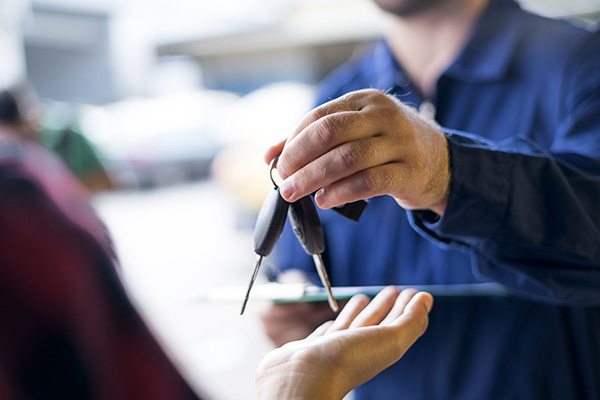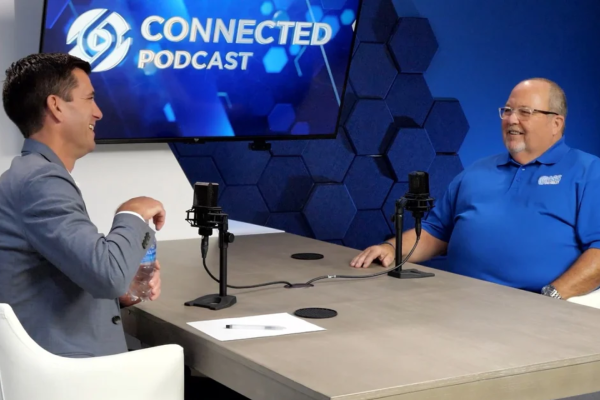How Open ROs Affect Your Service Department

Article Highlights:
- Learn why open ROs could be bad for business.
- "Instead of taking that gamble, ALWAYS close the RO..."
Whether it’s a matter of convenience or a force of habit, service departments are routinely leaving ROs open when they should be closed. If a vehicle has left your shop and is back with the customer, it should not have an open RO on file. Aside from being a bad habit, open ROs leave your dealership open to several risks, including potential lawsuits, profit loss, inefficiencies, and late payments.
Let’s take a look at the two main reasons I’ve seen dealerships leave ROs open and how they affect your service department.
Vehicle Work Not Completed:
There may be several instances why work is not completed on a vehicle – a specific technician isn’t available, you have to order a specialty tool, or because the parts are on order. During these times, the customer might have to pick up his partially repaired vehicle and schedule another time to complete the service work. This is typically when parts departments leave ROs open.
While this seems logical, it could be disastrous if the customer gets into an accident while a legal document (RO) states the vehicle was in your service department’s possession. This could set you up for legal trouble and ruin your reputation.
Instead of taking that gamble, ALWAYS close the RO when the customer picks up the vehicle. Then create a new appointment for any remaining service work. If you’re effectively creating appointments in your CRM, it leads to two efficiencies:
- The customer is reminded of the appointment days in advance.
- The parts department can now order the parts against the appointment rather than the open RO.
When the customer returns to have the work completed, simply create a new RO. Write this new RO up as an install, referencing the original RO where the diagnosis was made.
Waiting for Insurance/Warranty Pay:
Another scenario in which service departments fail to close ROs occurs when a customer pays the deductible, but the insurance or warranty company has yet to pay the remainder of the invoice.
Some insurance companies will not pay until the customer has paid and signed the completed RO. Once the customer pays the deductible, apply the remaining balance to an account and close the RO with an outstanding balance.
After posted, send the invoice to the warranty company. Most companies will return credit card payments on the same business day if ALL documents are received (i.e. rental invoices, sublet POs, or tow receipts).
So, why is this important?
Open ROs create inefficiencies in your service department, possible late payments, the potential risk of legal trouble, and ultimately profit loss. Solid processes for handling ROs are critical to an organized and efficient service department.
Want to learn more practices that lead to greater service profit and efficiency? Check out this Fuel article: “3 Tips for Cutting Down Your Service Drive’s ‘In-Between’ Time.”
Related Articles:

3 Tips to Build a Better Check-In
Service check-in is a foundational part of every service visit, but when is the last time you stopped to evaluate the process? Your service advisors…

Tackling Technician Turnover
Retaining technicians in an industry riddled with turnover is never easy. So how do you do it?

3 Things the NFL and Your Fixed Ops Department Have in Common
The similarities between your fixed ops department and the NFL.

Late adopters are embracing kiosks, are you prepared?
I am a self-proclaimed late adopter. This was true for kiosk technology too, until recently. What does this have to do with your dealership? First,…















